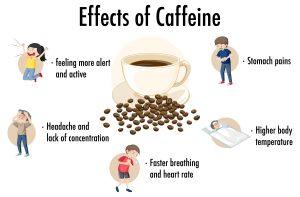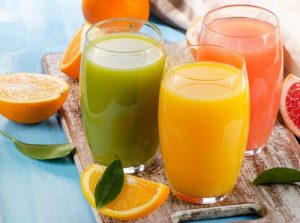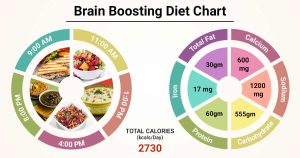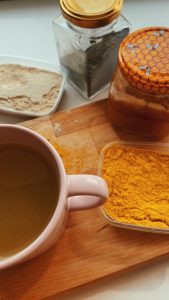
Introduction
In the ever-evolving landscape of health and wellness, understanding the critical role of hydration during coughs and colds emerges as a cornerstone in promoting recovery and symptom relief. This comprehensive guide navigates the nuances of respiratory infections, shedding light on the profound impact of proper fluid intake on the body’s ability to combat and recover from common ailments.
Understanding Coughs and Colds
Overview of Respiratory Infections Coughs and colds, ubiquitous as they may be, can range from minor nuisances to more severe respiratory infections. Commonly caused by viruses like rhinovirus and influenza, these ailments lead to symptoms such as coughing, sneezing, congestion, and fatigue.
Impact of Dehydration Dehydration, often underestimated in its severity, can significantly worsen the symptoms of respiratory infections. From exacerbating throat irritation to hindering the body’s immune response, the consequences of insufficient fluid intake during sickness are manifold.

The Healing Power of Hydration
Maintaining Respiratory Moisture Hydration plays a pivotal role in maintaining moisture in the respiratory passages. Adequate fluid intake helps soothe irritated mucous membranes, easing coughs and mitigating the discomfort associated with nasal congestion.
Supporting Immune Function Beyond the immediate relief of symptoms, proper hydration is integral to supporting the immune system. The immune response relies on fluid transport to deliver immune cells and antibodies to sites of infection, making hydration a fundamental aspect of the body’s defense against viral invaders.
Types of Hydrating Fluids for Relief
Water Plain water stands as the quintessential elixir for overall hydration. Its importance in replenishing fluids and facilitating bodily functions cannot be overstated, especially during periods of illness.
Herbal Teas Herbal teas, such as chamomile, peppermint, and ginger, offer dual benefits. Their warmth provides comfort, while herbal properties contribute to respiratory relief, making them valuable allies in the fight against coughs and colds.
Broths and Soups Broths and soups, often hailed as comfort food, bring both nourishment and hydration to the table. Rich in fluids, these culinary concoctions provide essential nutrients that support the body’s recovery.
Electrolyte-rich Drinks During illnesses marked by fever or increased fluid loss, electrolyte-rich beverages become crucial. These drinks help replenish lost electrolytes, maintaining a delicate balance that aids in hydration.
Hydration Strategies for Cough and Cold Relief
Frequent Sipping Encouraging frequent, small sips of hydrating fluids throughout the day is a simple yet effective strategy. This approach ensures a steady intake of fluids, preventing dehydration.
Warm Liquids for Comfort Warm liquids, including warm water with honey or herbal teas, offer additional comfort during periods of illness. The soothing nature of warmth complements the hydration benefits.
Avoiding Dehydrating Substances Cautioning against the consumption of dehydrating substances, such as excessive caffeine and alcohol, becomes crucial. These substances, while commonly consumed, can contribute to dehydration and hinder the recovery process.
Incorporating Hydration into Daily Routine
Hydration Reminders In the hustle and bustle of daily life, integrating hydration into routines can be challenging. Setting reminders or alarms serves as a practical solution to ensure consistent fluid intake.
Hydrating Foods While fluids take center stage, the role of hydrating foods should not be overlooked. Water-rich fruits and vegetables, such as watermelon, cucumber, and oranges, contribute to overall hydration and offer additional nutritional benefits.
Cautions and Considerations
Choosing the Right Fluids Guiding readers on selecting the right fluids is imperative. While water is a universal hydrator, steering clear of sugary and caffeinated beverages is essential to prevent exacerbating dehydration.
Seeking Medical Advice A gentle reminder underscores the importance of seeking medical advice if symptoms persist or worsen. While hydration is a supportive measure, professional guidance ensures a holistic approach to respiratory health.

Conclusion
As we navigate the labyrinth of coughs and colds, the beacon of hydration shines bright as a beacon of hope. This comprehensive guide has unveiled the intricacies of proper fluid intake during respiratory infections, emphasizing its profound impact on symptom relief, immune function, and overall well-being. By recognizing the healing power of hydration, individuals can empower themselves to navigate the ebb and flow of respiratory ailments with resilience and vitality.

























